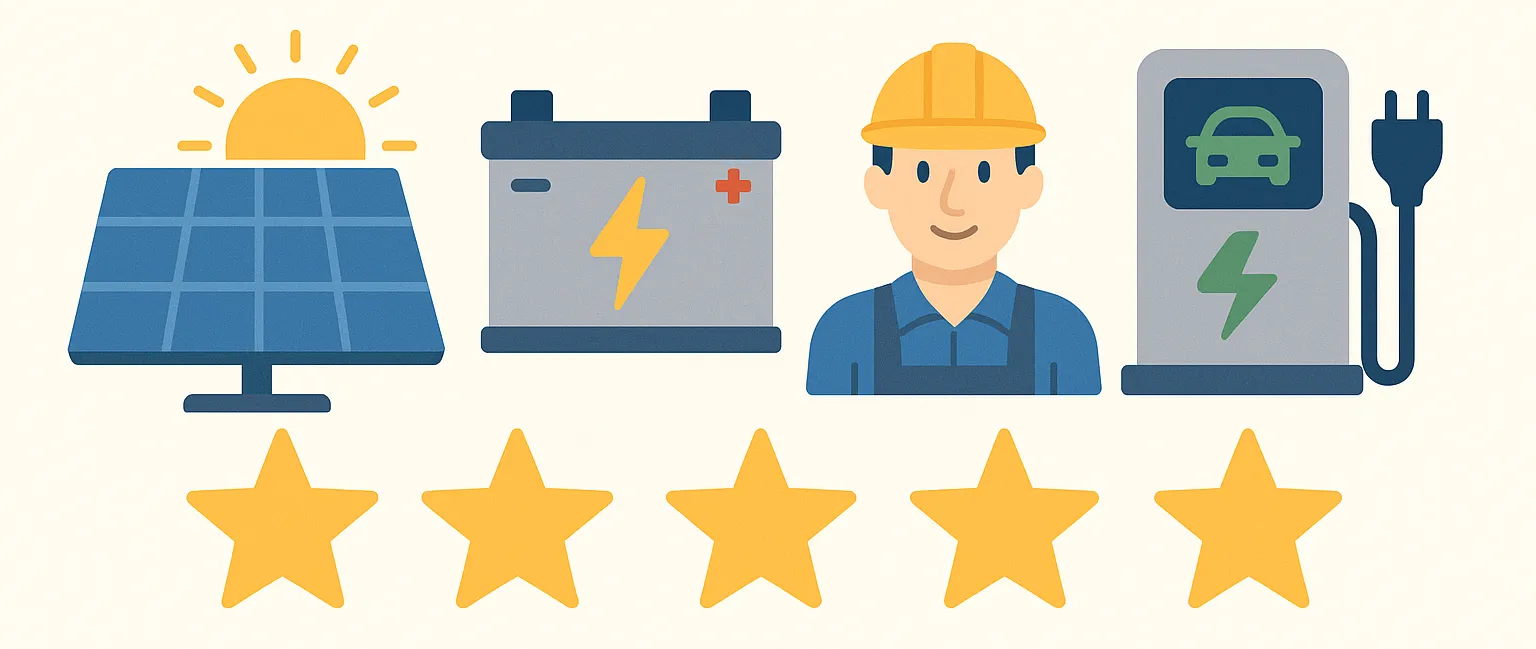No, this is not another article about covid-19 isolation. This is about DC isolation, an issue that solar installers have spoken about on smokos and rooftops for the past 10 years. As many people in the industry know, the Clean Energy Council made a proposal to review AS/NZS 5033 about a year ago. Key to this proposal was a review of DC isolators. There has been some commentary on Australia being the only country in the world that uses DC isolators, with many asking: why are we going it alone and what is so different about Australia?
And it’s not just installers asking the question. Part of the reason why the CEC’s proposal got broad industry support, including from electrical regulators, industry bodies and those representing emergency services, was the desire to explore what the rest of the world is doing in the hope of aligning with other jurisdictions or adopting their practices.
It should be acknowledged that this is a challenging issue. Extra DC connections and additional places for water to seep into enclosures pose a genuine risk. But so does not having a method for non-electricians (such as emergency services personnel) to isolate live cables. When emergency services personnel arrive at a propertyto respond to a fire, or if a storm has damaged a solar system, it makes sense that they have a method to make the site safe so they can begin work. This is a major function of the rooftop isolator.
Over the years I have had many installers tell me that they have attended fires where emergency services personnel didn’t use the isolator. “Who would get on a burning roof to operate one anyway?” is a common sentiment. On the flip side, I have also heard accounts of isolators being used in an emergency. One that springs to mind is where a system was installed on a different section of roof to where a fire was burning, and the switch was used to isolate the cable running through the fire. Whatever the anecdotal evidence, those representing emergency services have been clear that they do get used.
What other countries are doing
Part of our proposal to the standards committee was to investigate how other countries approach the problem. At a very high level, European countries tend to follow standards from the International Electrical Commission (IEC), whereas the US and Canada follow standards from Underwriter Laboratories (UL). Most western countries tend to have an affiliation with one of these organisations. In Australia, we are affiliated with the IEC.
The US first introduced rapid shutdown in 2014 and improved it in 2017. The simplistic explanation of rapid shutdown is a system that uses rooftop electronics to de-energise the solar cable. The idea is that emergency services personnel can get to site and isolate the cable coming from the solar array without getting on the roof.
On face value, this solution sounds like a silver bullet, but there are debates about whether the technology is ready. For example, the IEC is yet to publish a product standard on module-level power electronics that covers this technology. Without a product standard, there’s a risk of opening the door to cheap and nasty products that don’t work as they should. Also, some commentators in the US have written about why rapid shutdown makes things less safe. Countries that follow the IEC standards are watching the US experience closely to evaluate the pros and cons.
Australian electricians may think that Europe has just one set of rules, but things are more complicated than that. When it comes to installing solar, there are two IEC standards that each country could refer to before they layer their own domestic rules over the top.
The first one, IEC 62548, has its origins in AS/NZS 5033, giving a strange sense of deja vu when you read it. The other one, IEC 60364, is like a very confusing version of our Wiring Rules. It certainly won’t appear on my 2020 top reads list.
Both these standards have a similar position to New Zealand when it comes to rooftop isolators in that neither has a method for de-energising the PV array cable for non-electricians. Perhaps this is the reason why there is a perception that our rules are more extreme than the rest of the world. However, the story doesn’t end there.
Many European countries reference either of the two IEC standards but also have their own local rules that go above and beyond them. The various methods of making PV array cables safe for non-electricians tend to appear at a more local level.
Some countries have switches at the eave, contactors controlled from remote locations or require multiple isolation points at extra low voltage segments of the array. Others consider whether cable routes can be seen by emergency services personnel. If they can be seen, there is no requirement for isolation, but if the cable route is hidden, there is. Also, some countries require DC cables to be run in fire-rated wiring systems to cover off the risk for emergency services.
Safety measure
As we know, Australia adopted a rooftop isolator as a way of making PV arrays safe, but it hasn’t been without its problems. The Clean Energy Regulator regularly publishes data showing the challenges the industry has had in keeping the inside of isolators dry. The latest amendments to AS/NZS 5033 were all about these issues, and they followed the CEC’s lead on rules such as protective shrouds and multi-hole glands as a way of protecting wiring systems from water ingress.
The standards committee is collaborating to find the safest outcome for Australia. But it’s a bit simplistic to say that we are “going it alone”. Globally, there is no generic solution to this difficult problem.
News item provided courtesy of Ecogeneration - www.ecogeneration.com.au
